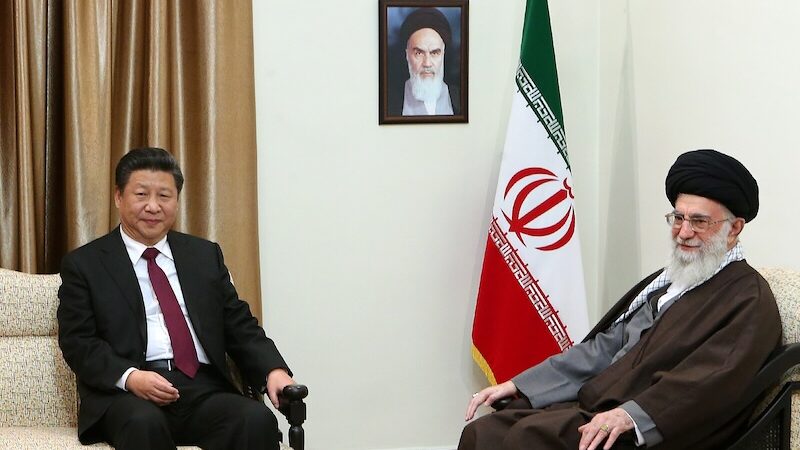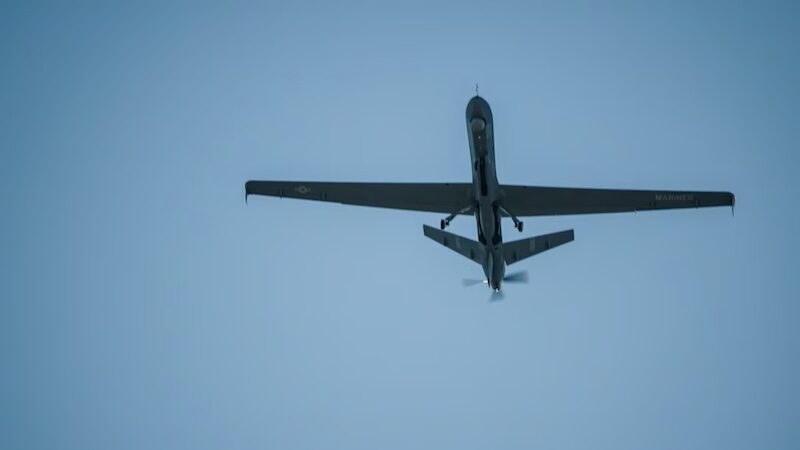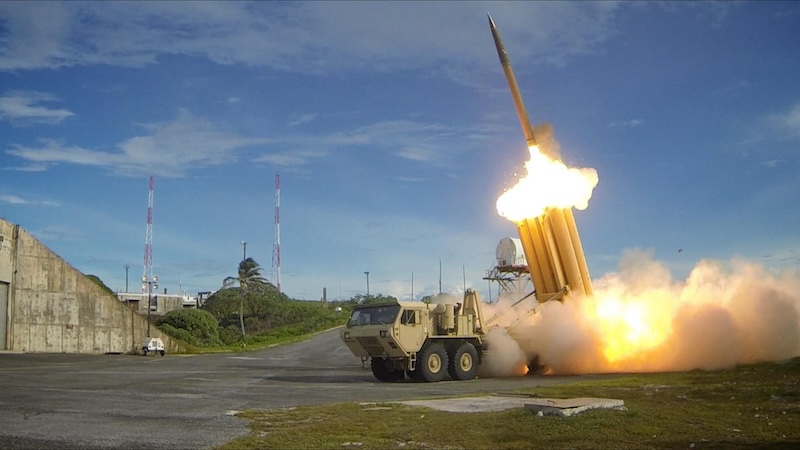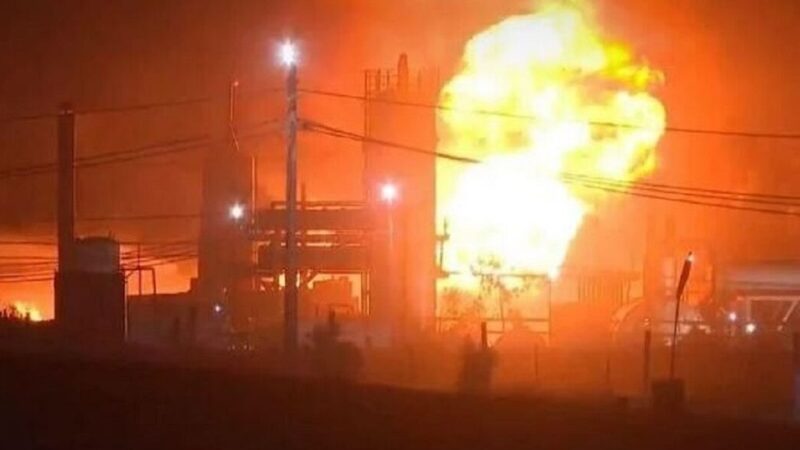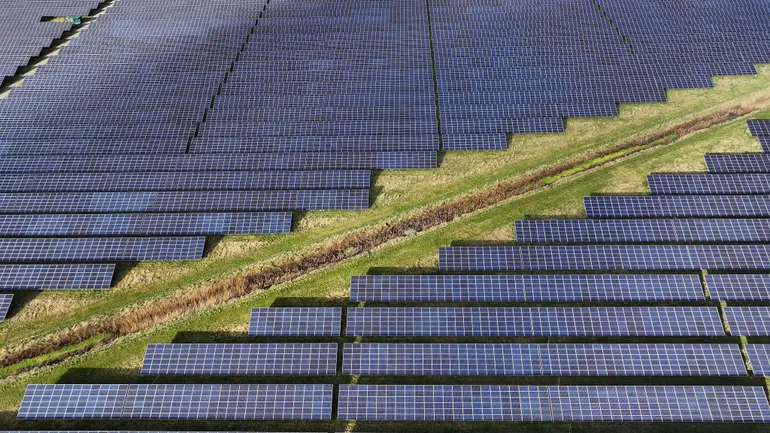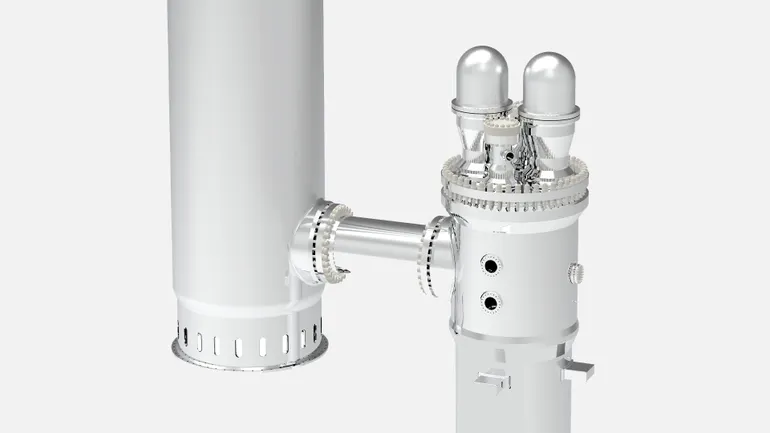Turkish Aerospace eyes full development of local Kaan fighter jet engine by 2032
Kaan flight tests currently feature General Electric’s F110 turbofan engine, but Ankara has long prioritised a local alternative to reduce dependency on overseas suppliers.


Turkish Aerospace Industries (TAI) displays a model of the Kaan fifth generation fighter jet at the Paris Air Show (Breaking Defense)
PARIS AIR SHOW — Turkish Aerospace Industries (TAI) is building momentum on development of a domestically produced engine for the Kaan fifth-generation fighter jet, with a target integration date of 2032, the head of the company tells Breaking Defense.
“We [have] already started working on” the new TF35000 turbofan engine, Mehmet Demiroğlu, general manager at TAI, told Breaking Defense at Le Bourget, adding that work is being done jointly by Tusas Engine Industries (TEI) and TRMotor. As part of the system’s preliminary design phase, a “conceptual design is almost done,” he added, “and then it will go to initial prototyping maybe by the end of the year.”
Additionally, Demiroğlu said that “some early testing” of the powerplant is planned in 2026 and integration on Kaan could be a reality starting in 2032.
On its website, TEI notes that the in-development engine will “produce high thrust with low fuel consumption and extended range capability” built off the establishment of “an ecosystem” to support “design, production, and testing phases.”
The manufacturer also stresses that “high-temperature-resistant super alloys, advanced coating, and cooling technologies” will all contribute to the design of the indigenously made engine and “provide important support to Türkiye’s strategy to eliminate foreign dependence in the defense industry.”
Kaan flight tests initially started with a demonstrator in 2024 and currently feature General Electric’s F110 turbofan engine, but Ankara has long prioritized a local alternative to reduce dependency on US industry.
Demiroğlu said that a prototype flight test campaign will be “very active” in the near future based off plans for a first non-demonstrator aircraft (P1) to start flying in the first quarter of 2026, P2 to follow in the second quarter of next year, in advance of P3 taking to the skies by “early” 2027 at the latest.
In all, flight testing will comprise six aircraft and “thousands” of hours of flight, according to Demiroğlu.
“Weapons will of course be integrated” as part of the flight test phase, “but the first goal is to make sure that our flight controls … .aerodynamics and [the] green aircraft configuration,” is validated, he explained.
Set to enter service with the Turkish Air Force in 2028, Demiroğlu said that the cost of Kaan will be “competitive” with Lockheed Martin’s F-35 fifth-generation fighter jet, though he did not share a firm figure. The average flyaway cost of an F-35A, the conventional take off and landing variant, most comparable to Kaan, is $82.5 million based on US production lots 15 to 17.
At a separate media event, Demiroğlu told reporters that a first Kaan international sale with Indonesia for 48 aircraft “will be finalized [in the] next couple of months because there are some technical requirements that we need to finalize.”
Turkish President Recep Tayyip Erdoğan initially announced a deal with Jakarta had been agreed last week.
On the prospect of additional orders Demiroğlu added, “I can tell you, if not this year — I’m hoping this year — but if not this year, early next year, we will hear something as big as Indonesia.”































































































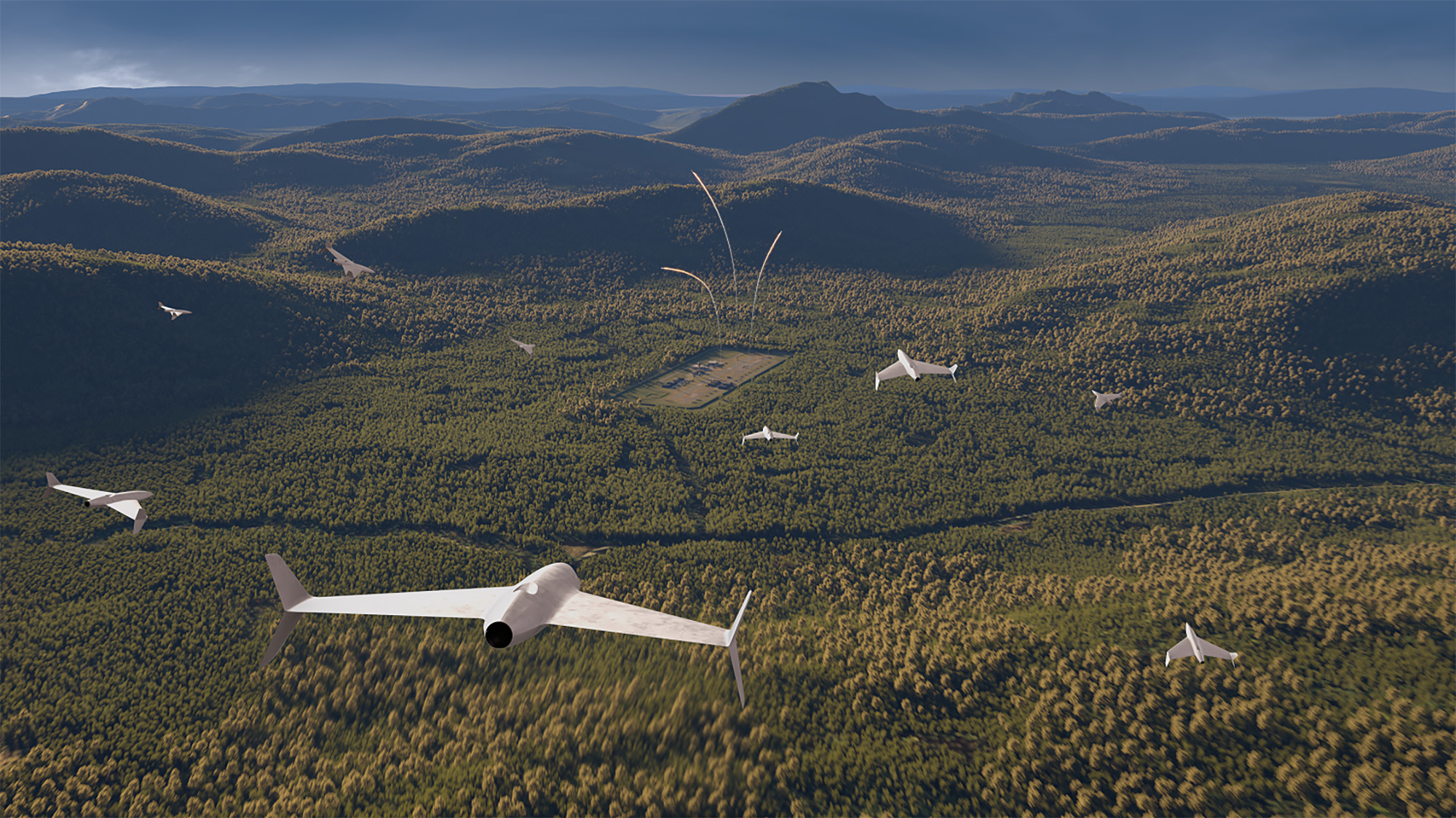
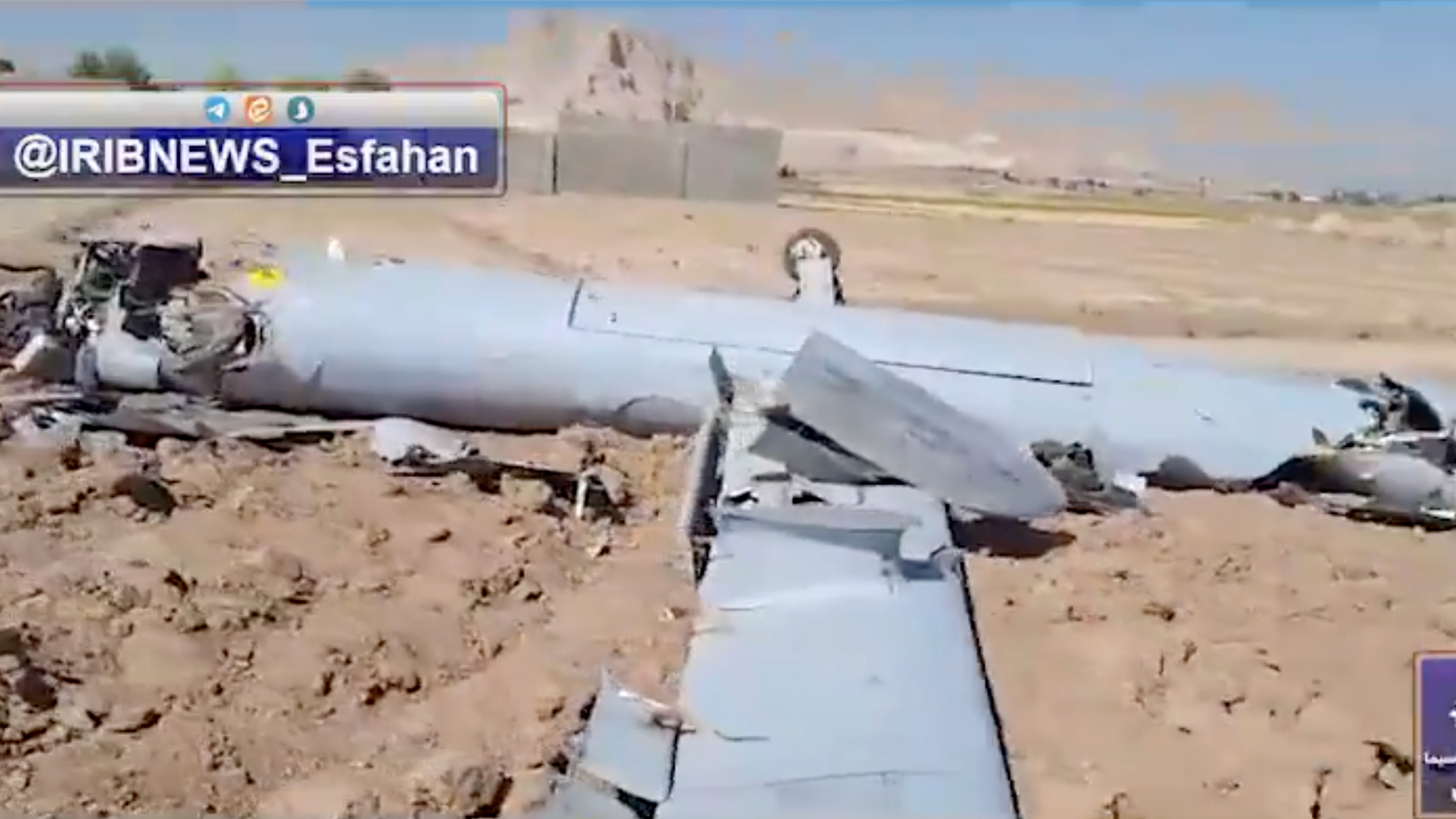

![[Updated] U.S. Air Force Mobilizes F-22s and F-35s as Situation in Middle East Escalates](https://theaviationist.com/wp-content/uploads/2025/06/F-22_F-35_CENTCOM-top.jpg)




